15 Factors that Can Cause Amazon to Ban Your Selling Account
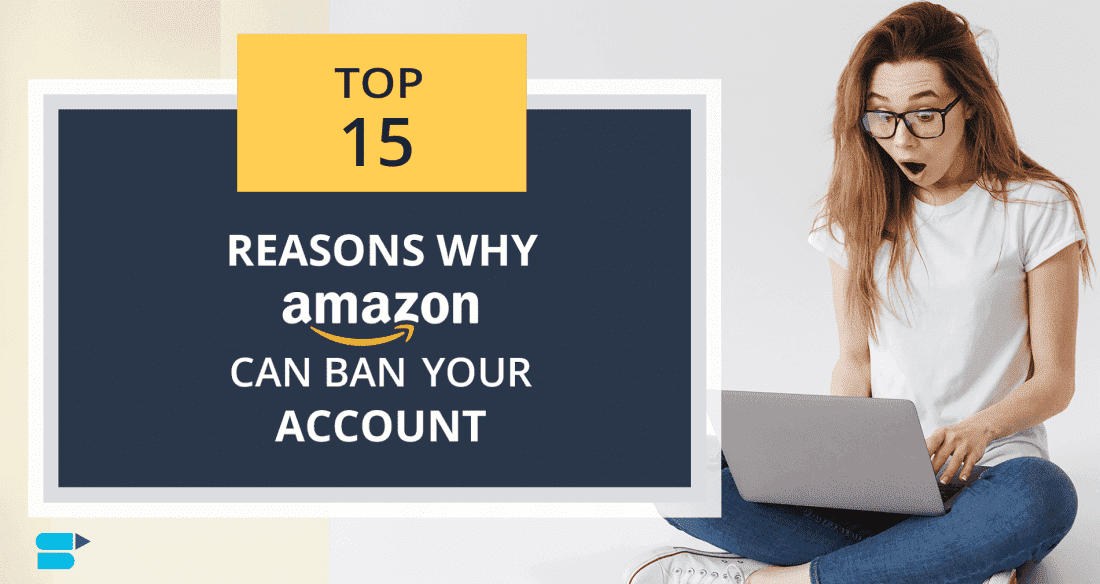
Amazon, being the world’s largest e-commerce store, is dedicated to providing a top-notch shopping experience to its customers.
It wants people to visit the marketplace for all of their shopping needs.
But in a situation where you are committed to quality over anything else, you need to have certain measures in place to ensure that everything is in order.
Amazon has reinforced this time and again to its sellers. Many times, it has taken strict actions to ensure that quality is not compromised.
With that in mind, let us take a look at 15 factors that can result in the account suspension of your selling privileges on Amazon.
Table of Content:
- Issues Related to Product Quality
- Selling Counterfeits/Poor Quality Products
- Selling Prohibited/Unregulated Items
- Violating Copyright Laws
- No Certification
- Problems Related to Shipping
- Late Shipments
- Canceling Orders
- Amazon Customer Reviews
- Lots of Negative Reviews
- Poor Communication
- Buying Amazon Reviews
- Violating Listing Guidelines
- Product Details Page Rules
- Providing Misleading Information
- Other Technical Violations
- UPC Codes Requirements
- Operating Multiple Accounts
- Hijacking Others’ Listings
- Providing Incorrect Information While Account Creation
- Parting Thoughts
- Frequently Asked Questions
Issues Related to Product Quality
A majority of the reasons which lead to the banning of accounts on Amazon are related to product quality. As a seller, you must always strive to sell a high-quality product on Amazon rather than sacrificing it for quantity and pricing.
1. Selling Counterfeits/Poor Quality Products
Amazon will audit/suspense your account if you are selling products that are counterfeited and are of poor quality. Any significant defect with the product – whether it is related to its functionality or the very design itself, will not bode well with the customers and those responsible for ensuring quality on Amazon.
Also read: Amazon Account Audit: The Ultimate 10-Step Checklist
2. Selling Prohibited/Unregulated Items
Several products are prohibited from the Amazon marketplace. These items cannot be sold on Amazon, period. Then, certain product categories are dubbed as restricted, that is, you may sell items in that market, but you need a pre-approval from Amazon before listing your product. You must also follow legal and regulatory compliance for this kind of niche to avoid any hassles down the road.
Hence, if you are planning to enter this market, your research needs to be detail-oriented. You should also consult your lawyer and get in touch with Amazon itself to clarify your doubts.
3. Violating Copyright Laws
Amazon will take strict, corrective measures against those sellers who are in breach of its Intellectual Property Policy. It means that you cannot sell products that are owned by another brand without prior permission.
Similarly, you cannot use another brand’s trademark, logo, or other relevant information on your listing to make sales. If you are caught for rights infringement, it may very well lead, Amazon to Ban your seller central account.
4. No Certification
Many products require specific certifications by an authoritative body before they can be sold on Amazon. For food and other similar items, the body is the Food and Drug Administration (FDA). Similarly, you may also need to get the necessary documents to sell medical equipment, toys, et cetera.
If you plan on selling dangerous goods on Amazon – products that may serve as a risk to health, safety, and the surroundings – you will be required to disclose all the relevant information about the products. While creating your listing, you will have to address hazardous items regulation questions and answer them precisely. Moreover, you will also be required to upload safety data sheets, exemption sheets (if applicable), and other similar documents.
Additional guide: What are Amazon Ads Certifications?

Problems Related to Shipping
This one is self-explanatory. Often, issues may arise while shipping your goods to your customers. While a delivery issue now and then is acceptable, making it a habit not to fulfill your orders on time will be detrimental to your Amazon business. You should also make it a point not to cancel a lot of orders.
5. Late Shipments
Amazon has placed certain performance targets for its sellers to achieve, one of which is to maintain the late shipment rate at less than 4%. It means that out of every 100 orders you fulfill by yourself, you can deliver only four orders beyond the delivery date. Anything beyond this may negatively impact the customer experience.
In addition to late shipment, you also need to consider how you deliver the end product to your customers. You will accrue negative feedback if the delivered product turns out to be broken, damaged, or entirely different from what was originally ordered. For this reason, it is critical that you choose a reputed logistics partner or work with Amazon FBA to ship your items.
6. Canceling Orders Consistently
There may be certain instances where you will be required to cancel an order placed by your customers. It may be for any reason but it may be accepted once or twice. But just like the late shipment rate, if you cancel your orders frequently, it is more than possible that Amazon will take strict actions against your account.
It is only natural, given that customers don’t like it when their orders are canceled. This hinders their shopping experience and more than that, it deters their faith in the Amazon marketplace. To prevent this from happening, you should make sure that your inventory is always stocked and your shipping partners are trustworthy, reputed, and reliable.
Amazon Customer Reviews
Your success as an Amazon seller will be determined by how good (or bad) the feedback is. Therefore, your number one priority must always be to provide a good shopping experience for your customers. Always give them relevant information, answer their queries, and fulfill your orders on time – it’s as simple as that.
7. Lots of Negative Reviews
If your product has a plethora of negative reviews – whatever may be the reason – then Amazon is likely to take action against your listing. A bunch of negative feedback implies that something is seriously wrong with the product quality/shipping/the seller, and Amazon does not want its shoppers to choose a product with so many bad reviews.
8. Poor Communication with Customers
A good seller is one who is always proactive in interacting with his customers and resolving their queries immediately. If you keep delaying your responses to their questions, send rude, abrupt messages, or do not interact at all, then you will have tough luck winning hearts. It is rightly said that the customer is king – you need to treat him like one. Excellent customer service is the mark of a good business, don’t ignore it.
9. Buying/Soliciting Amazon Reviews
This one is a strict no-no. You must never buy positive Amazon reviews or ask your friends/family/colleagues to leave you positive feedback. You cannot offer discounts/giveaways in return for positive feedback either.
Amazon has placed strict guidelines and measures to ensure that customer reviews and testimonials in the marketplace are genuine and honest. Any attempt to manipulate reviews will result in severe actions against your selling account. Instead, follow the legit ways to get Amazon reviews.
Violating Listing Guidelines
It has been said time and again that a product listing is the equivalent of sales copy – it needs to be compelling, creative, and rich with information to make the reader buy the product. But more than that, it needs to be transparent and must provide authentic information about the item. Any attempts to mislead the buyer here will lead to negative repercussions.
10. Not Following Product Details Page Rules
Amazon has explicitly stated its guidelines and requirements on creating a product listing page. This includes guidelines for product titles, descriptions, images, and other relevant sections. Needless to mention, these rules must be followed to the letter.
Some of the rules prohibit sellers from displaying advertisements/promotional materials in their listings, using obscene and offensive content to sell products, putting up links to external websites, and so on. There are similar guidelines for images as well. It is a good idea to go through these rules before you create your product listing. You can also refer to this blog to write a convincing product copy that sells on Amazon.
11. Providing Misleading/False Information
When customers buy a product on Amazon, they expect it to be the same as what they read on the listing page. Therefore, if you provide false information about the quality of the product, its uses, manufacturer, logistics, pricing, et cetera, in a bid to land more sales, it will aggravate the situation and lead to more negative feedback for your products. This will look bad to Amazon and it may be compelled to your ban your selling account down the line.
Other Technical Violations
In addition to the reasons we saw above, there are a few other factors that can lead to a ban on your Amazon selling account. Let’s take a look:
12. Not Adhering to Amazon UPC Codes Requirements
Any seller who plans to do business on Amazon needs UPC codes for his products. These codes are essential as they serve as unique product identifiers and help Amazon track individual products in its marketplace decisively. Often, sellers make the mistake of obtaining UPC codes from third parties or just printing them themselves, rather than buying it from legitimate sources. UPCs are assigned to each business and its products, and any mismatch/discrepancy in information will result in the removal of the listing and possibly, freezing of your selling privileges.
Amazon takes this very seriously, and so should you.
13. Operating Multiple Accounts
Generally speaking, you can operate with only one selling account on Amazon. If you try to create multiple accounts with similar information, it is possible that Amazon will soon realize what you are doing and ban all of your selling accounts, including the original one. Therefore, always operate under one selling account only.
14. Hijacking Other Sellers’ Listings
Given that there are billions of products on the Amazon marketplace, it can be quite tempting at times to create a counterfeit/similar version of a product and then sell it on the original product’s listing. In Amazon lingo, it is commonly referred to as Amazon Listing Hijacking.
What you are essentially doing here is piggybacking off the hard work done by someone else. It is not only considered to be ethically wrong, but it is a blatant violation of Amazon’s policies. It is always preferred to make your own listing and sell genuine, authentic products rather than trying to mooch off another seller.
Related Post: What is Amazon Listing Hijacking? How to Prevent it? Click here
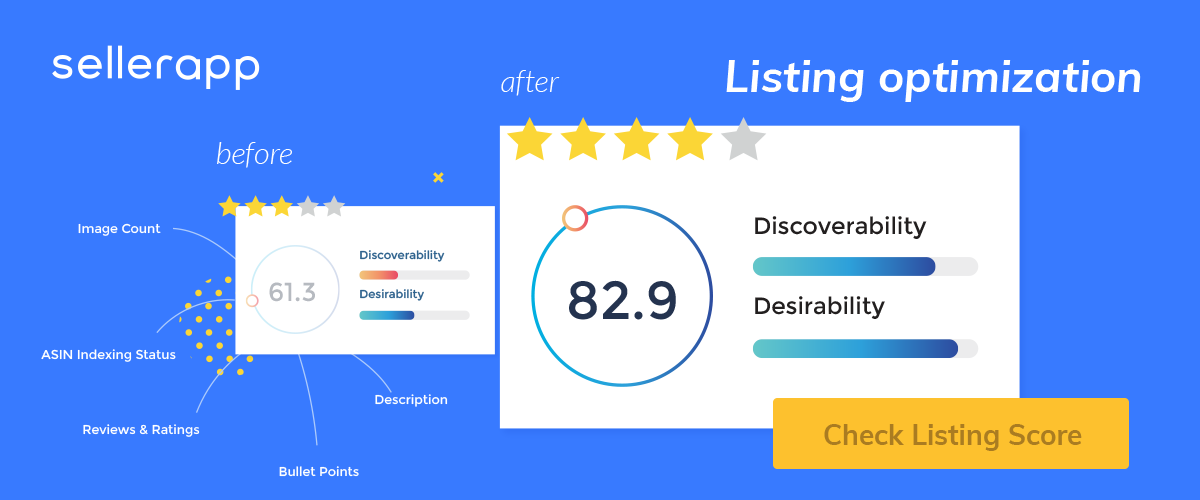
15. Not Providing Correct Information During Account Creation
Many times, new sellers on Amazon will have their selling accounts suspended immediately, simply because they failed to provide relevant, correct information at the time of creating their account. This can be something as trivial as using others’ information to create the account to specific errors like incorrect bank details and tax information. Doing so will outright result in suspension.
Recommended Guide: Everything you need to know about Amazon’s Tax Exemption Program.
Remember – any information you use here must be yours. It should be correct as Amazon is likely to verify it.
Now You Know How to Avoid Losing Your Amazon Selling Rights!
As you may have realized by now, a lot of these issues can be resolved if you sell a high-quality product and focus on providing a good shopping experience for your customers. After all, these are the fundamental tenets of any business. With this, you should also familiarize yourself with important terms and conditions, and requirements laid down by Amazon.
If you have faced such problems before, please feel free to share them in the comment section below and tell us how you resolved them. We’re always happy to hear from you!
Frequently Asked Questions
Amazon Just Suspended my Account. What do I do?
If your Amazon selling account is suspended, here’s the first thing you need to do: don’t panic. You will not think straight if you panic and as a result, you may end up making serious FBA mistakes. Once you are in a calm state of mind, here’s what you need to do:
- Identify why you lost your selling privileges. When Amazon suspends an account, it clearly states the reason behind it. It can be either due to poor performance or for violation of one or more of its policies. Whatever may be the case, you need to pinpoint the exact cause of the problem.
- Inspect your selling practices. Once you know why Amazon suspended your account, you need to drill down further and evaluate your business. Identify the areas that led to the suspension – it can be due to performance metrics, selling prohibited/unregulated/non-certified items from your inventory, or any other practice that led to dissatisfied buyers. The idea here is to point out where rather than why.
- Rectify the Problem. This is where you solve the issues, once and for all. In addition to correcting the problems, you should also take the necessary steps to prevent them from occurring in the future. Make sure you have addressed all aspects of the issue. If you have any documents that support your cause, keep them handy as they will be needed in the next step.
- Armed with this knowledge, create an effective plan of action (POA). You have the right to appeal your Amazon suspension but do not waste it haphazardly. You need to implement a thorough plan of action that addresses the following:
- The problem
- The steps you have taken to rectify it. Attach the supporting documents, screenshots, and pretty much anything that can serve as testimony to your efforts. Your main objective here is to convince the person on the other end that you have solved the problem completely and are no longer in violation of any of Amazon’s policies.
- Proactive measures to avoid the same problem from happening in the future again.
- A brief conclusion
A POA is a formal document where you are making your case. The Seller Performance Team at Amazon will thoroughly evaluate your appeal. It needs to be precise, and to the point and must have all the facts presented neatly. Based on your plan of action, a decision will be taken on how to go about your account suspension.
- Once the POA is ready, send your appeal to Amazon and wait. There may be multiple communications between you and the Seller Performance Team before a solid decision is made. Be patient and take your time in preparing the appeal and POA – investigators on the other end will spend only a few minutes on your appeal.
Can I open a new seller account after my suspension?
It is a common mistake that many sellers make – attempting to make a new seller account after their first one is suspended. The truth is, Amazon is really, really smart. Sooner or later, it will identify that you have created a second account in an attempt to bypass the suspension. When this happens, you significantly reduce your chances of getting your first account reinstated. Therefore, instead of going down this path, it is better to work on your appeal.






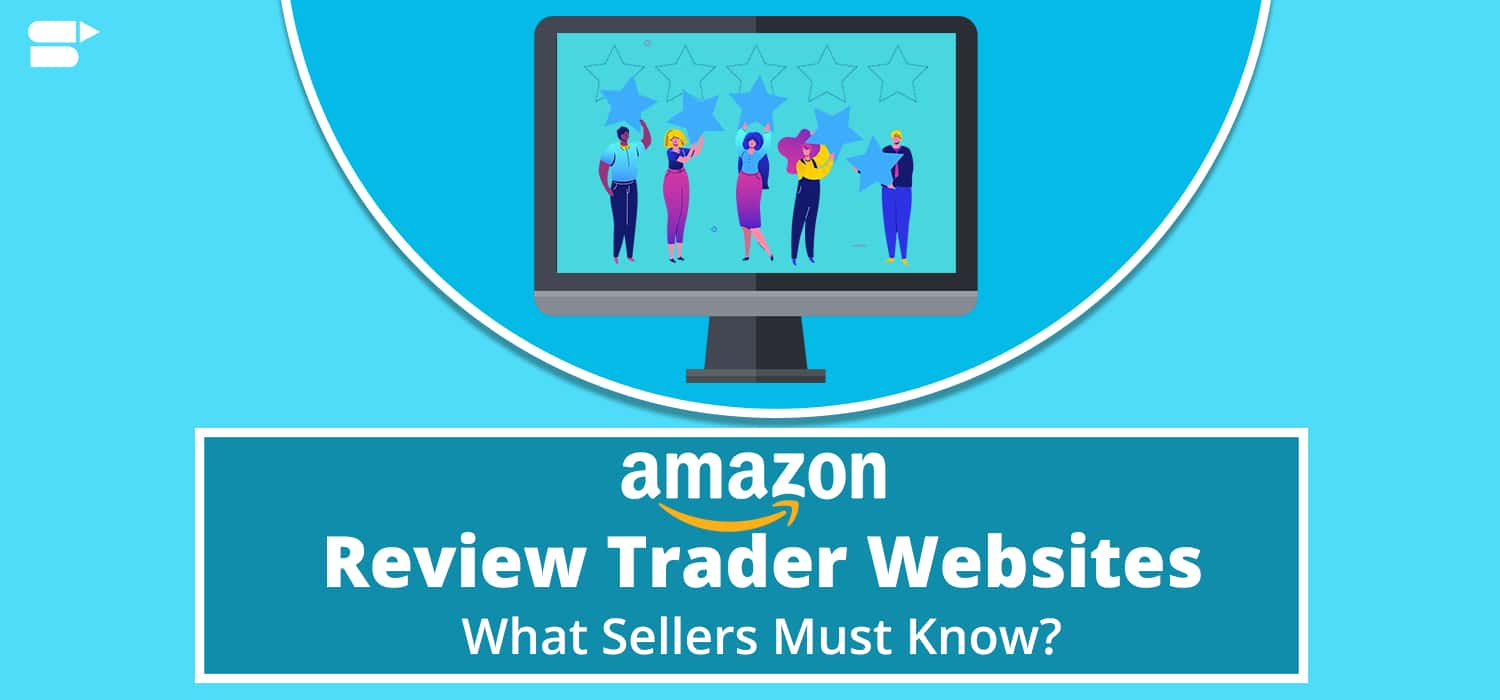


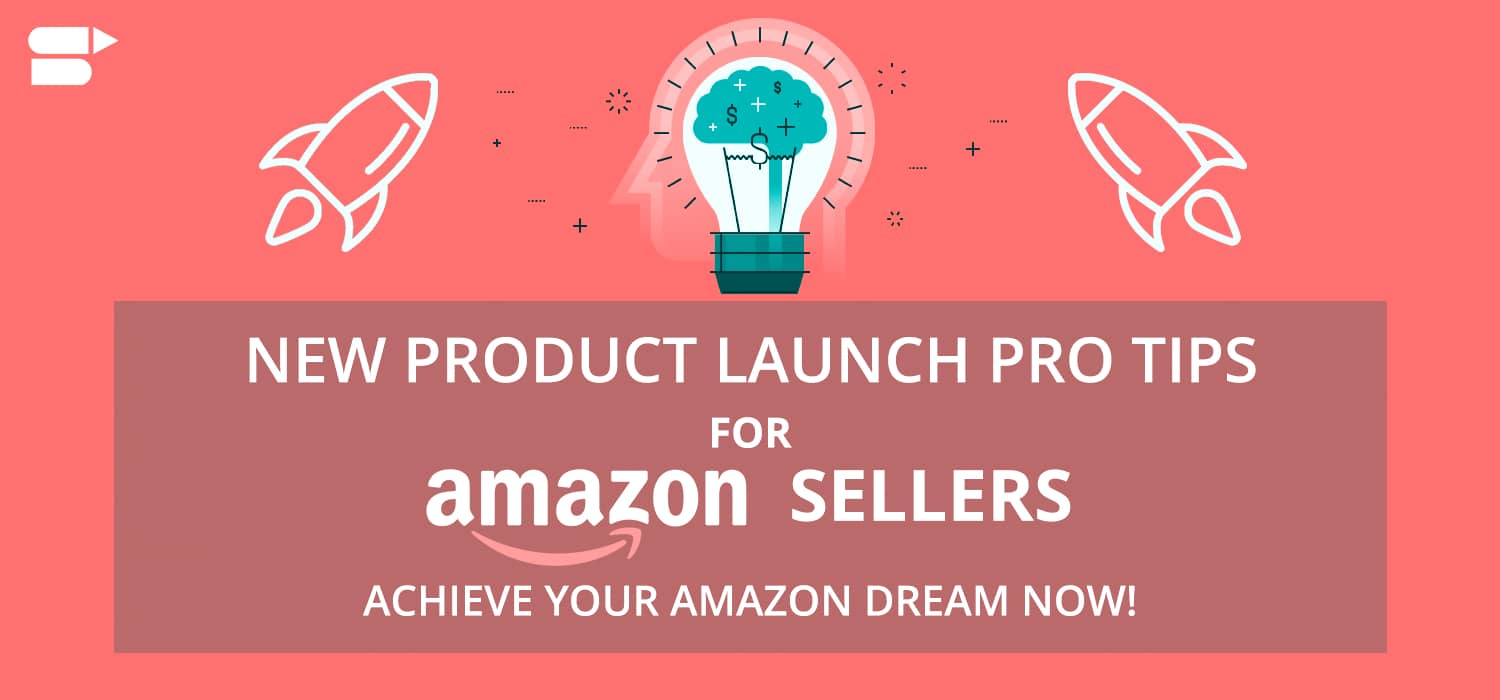

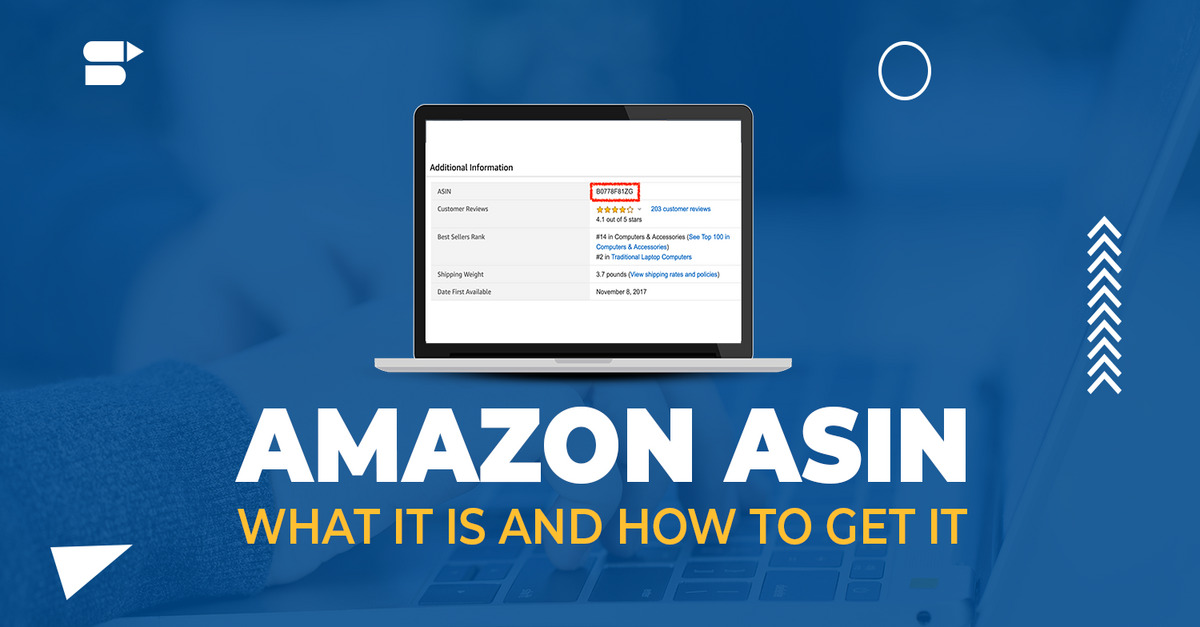
Japonia
February 25, 2021Very good insights.
Sauriol
March 29, 2021Very Helpful Blog.
This was the information I was looking for.
Thanks Dilip Vamanan
Arishekar N
June 16, 2021Thank you Sauriol
Good to know